|
Timkat exceeded my high expectations. It was so beautiful and colorful. There was music and dancing and religious ceremonies that take place over three days. But most memorable in Ethiopia is the people, and Timkat was no exception. They welcomed us and were proud to have us be a part of their UNESCO World Heritage Event. The event celebrates Epiphany, John's baptism of Jesus and includes the symbol of the Ark of the Covenant. Its replica is in each Ethiopian Church. It is called a Tabot and is carried on a priests head from each church to a central location on day one. On day two all the Talbots are returned to their respective churches in another procession except one. St. Michael's church stays at the central location for an extra day. Above you can see St. Michael's Talbot being returned in what was probably the single biggest procession I have ever seen. We enjoyed it from the balcony and roof top of my hotel. I could not have done that in Gonder. I cannot adequately capture the amazing beauty and celebration of Timkat here. You can learn more about it at https://www.thetravelmagazine.net/timkat-festival-ethiopia.html On day two pilgrims start the day by coming to the central place where the Tabots were kept overnight to get baptized again. In Bahir Dar at one location I understand they used Lake Tana to baptize. But where I was they used firehoses. Some of the priests seemed to enjoy dousing their flock with the holy water. I saw lots of cold, wet pilgrims leaving the park. Some stopped for sugar cane for quick energy. Below, you can see the colorful groups that march with the floats and priests to return the Tabots (Arks of the Covenant) back to their rightful churches. People sweep the streets with palm fronds, symbolic of palm Sunday) ahead of the red carpet, which is laid down ahead of the musicians, dancers, floats and priests carrying the Tabots (Arks of the Covenant) on their heads. Incense burns constantly. This goes on for miles. The carpet carriers below are very earnest. A wardrobe malfunction is fixed on the fly during the parade Sugar cane is brought in on these donkey carts and sold as a snack at the festival. I understand this is a relatively new tradition, but a good one I think. Of course, you can also get a Coca Cola for your sugar fix. Below is a vendor who harkens back to a much older tradition. Male suiters used to propose to a young woman during Timkat by throwing a lime at her. A throwback that isn't taken seriously today.  Below is the first day of Timkat. As noted before, replicas of the Ark of the Covenant (Tabots) held in each Ethiopian church are carried on the top of priests' heads to a central location in the community. That was a park near the lake in my part of Bahir Dar. There is dancing and blessing of water for baptisms. As I left the gathering on the first day of Timkat this guy below charmed me into getting a cross painted on my arm. I waived him off at first and he gave me a perfect "buzz killer" look. The only thing to do was set the price. He asked for too much at first so I started to walk off again. He said okay, he'd do it for free. Just to pain a Ferengi's arm I suppose. He really did a great job and, of course, I paid him what we both decided was a fair price. This street scene captured from my balcony was my initiation into Ethiopia's Timkat. The crowds, the colorful floats and the festive atmosphere were Ethiopia at its finest. They are ceremoniously moving the Tabot from each church to a central location for the blessing of baptismal waters. Many people seemed disappointed I did not go to Gonder, where the Timkat celebration is considered superior. But Bahir Dar is my home. I wanted to experience it here. One benefit of Timkat was I was permitted into an Ethiopian Church, the newest and biggest church in Bahir Dar. Getting inside probably had more to do with Zewdu being with me than the Timkat festivities. People are gathering to witness the return of this church's Tabot (Ark of the Covenant) on day 2 here.
0 Comments
Visiting villages in Ethiopia is a real treat. The countryside around Bahir Dar is beautiful. I get to see what a cow shed looks like, how they dry crops and bricks in the sun, everyday life and best of all the children. This day trip was to see the last palace built by Haile Selassie, Ethiopia's 225th and last emperor, serving from 1930 until his overthrow by the Marxist dictator Mengistu Haile Mariam in 1974. For more information on the Emperor see https://www.biography.com/political-figure/haile-selassie-i Thirty-seven islands are scattered around the 3,000 square kilometer Lake Tana. One of the closest to Bahir Dar is Ras Abay, about a 5 kilometer/3 mile boat ride. We were told only monks or priests can live on the island, which is near the headwaters of the Blue Nile, which we also visited this day.
The island is home to the Debre Maryam. Locals claimed the monastery is 900 years old. Reliable sources say it is not possible to substantiate even a 13th century origin. The roof and solar panel are obvious modernizations. It is apparently one of the few islands and monasteries that women are allowed to visit. Church bells. Monasteries like the Debre Maryam have interesting artifacts surrounding them. The Ethiopian Orthodox Tewahedo Church uses stone chimes, also called lithophones, as single bells (dowel) as well as in sets of chimes. Our student guide rang this lithophone for us to demonstrate its purposes. On one end the chime is a call to prayer. On another end a warning sound. https://www.britannica.com/art/stone-chimes  This is the typical construction of the buildings in the area, especially on the island we visited. This is the entrance of the museum you see pictured below, though we were not allowed to go into it, just like the monastery pictured earlier. You can see how thick the walls are in this photo. This is common, though the weather this time of year is very moderate.  The islands museum housed a variety of artifacts. The books are ancient bibles, written in the Ge'ez language. This is the language of the Ethiopian Church, but not the people. The common language of the people is Amharic. Students take English in grade school, and are only able to continue in high school if they pass a test and are proficient enough in English to study their subjects in English full time. So Ge'ez is a little like Latin was in the Catholic Church before Vatican II reformed the mass to celebrate it in the native language of the congregation. I woke up to this from my western style hotel up against the reality of Addis Ababa. I have no pictures of the U.S. Embassy or our meetings. No cameras, laptops, backpacks. I forgot to take an old fashioned pen in with me. We went to see the Ethiopian National Museum after the meetings. Ethiopian is understandably proud to be the cradle of humankind. I like Ethiopia's name for the Beatle's song inspired Lucy much better: Dinkinesh, which means "you are marvelous". Lucy in the Sky with DiamondsWe had a delicious lunch at the Lucy themed restaurant next door to the museum. My fellow ADSP colleagues are accomplished U.S. Professors in a variety of fields. They are originally from a diverse group of African countries, including Nigeria, Cameroon, Zimbabwe, Algeria and of course Ethiopia. I am sure I am the only one at this table who only speaks one language. They are passionate about Africa, its politics and its many problems. CommerceTransportationThe guy below has the job of cramning as many people into a van as possible to maximize profits and move people as quickly as possible. He startled me, because I had been warned by the program that someone might snatch my phone/camera if I am not careful. He laughed when I withdrew, but he was just having a little fun. Transportation is different in every country. In Ethiopia, the people politely wait in long lines to cram into these vans and busses to save a little money over a private tuck tuck. The more modern train, donated by China, was probably too expensive or did not go where these people live. An ancient form of transportation is still common here. This girl saw me taking a picture of the boys below and walked up to ask me to take her picture. These boys are everywhere, asking passersby to pay them a few Birr to be weighed on the scale you see in their hands. I declined, but they seemed thrilled to have their picture taken instead. Commerce takes all forms, especially when unemployment and underemployment are so high.
Feel free to weigh in on this and other posts. In the summer of 2018 I went to Myanmar to work as an International Clinician in Residence for BABSEACLE at Yangon University. I brought two students from Missouri Western to serve as peer teachers of clinical English to the students there, Britane Hubbard and Kaylee Sharp. Steve Rosenbaum, country director for BABSEACLE in Myanmar, met us at the airport and took us to lunch here, at General Aung San's former house and office. He and staff members like Y, Linn and Pwint helped put us at ease. Maybe we can do this project.
We were just beginning to learn about Myanmar and it's history. General Aung San's assassination turned then Burma's fate from democracy to years of military rule according to many. Over half a century later Myanmar still struggles toward democracy. |
Archives
March 2023
|
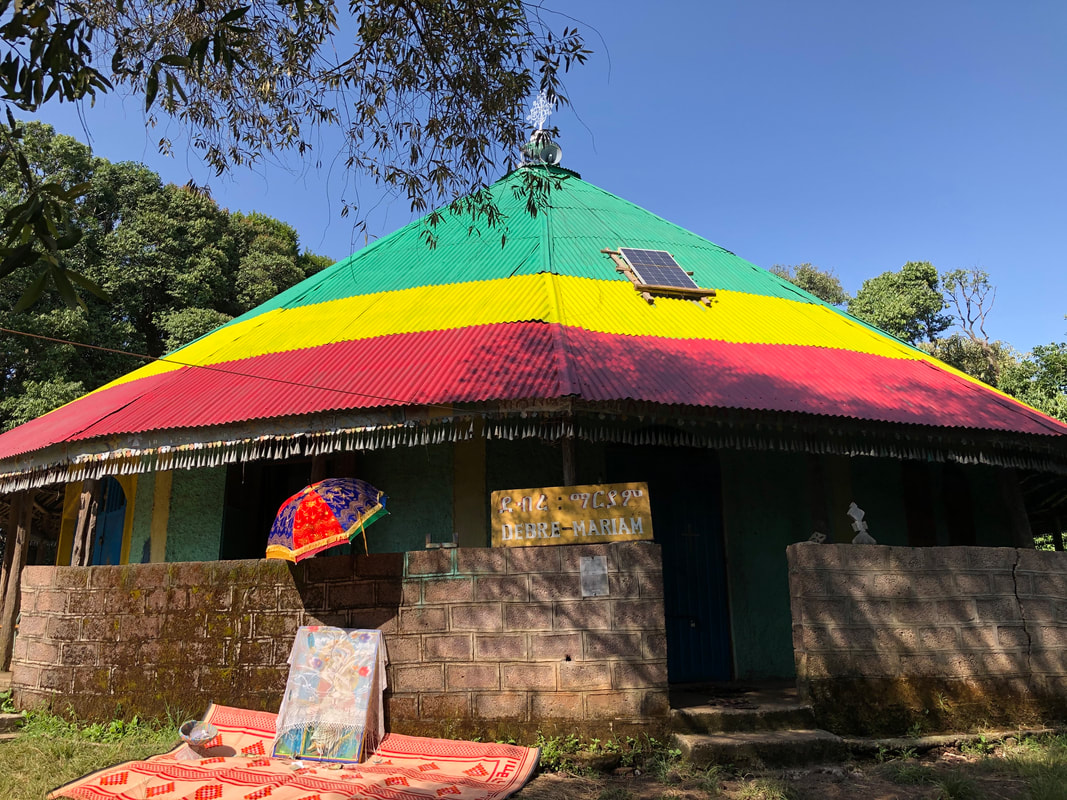

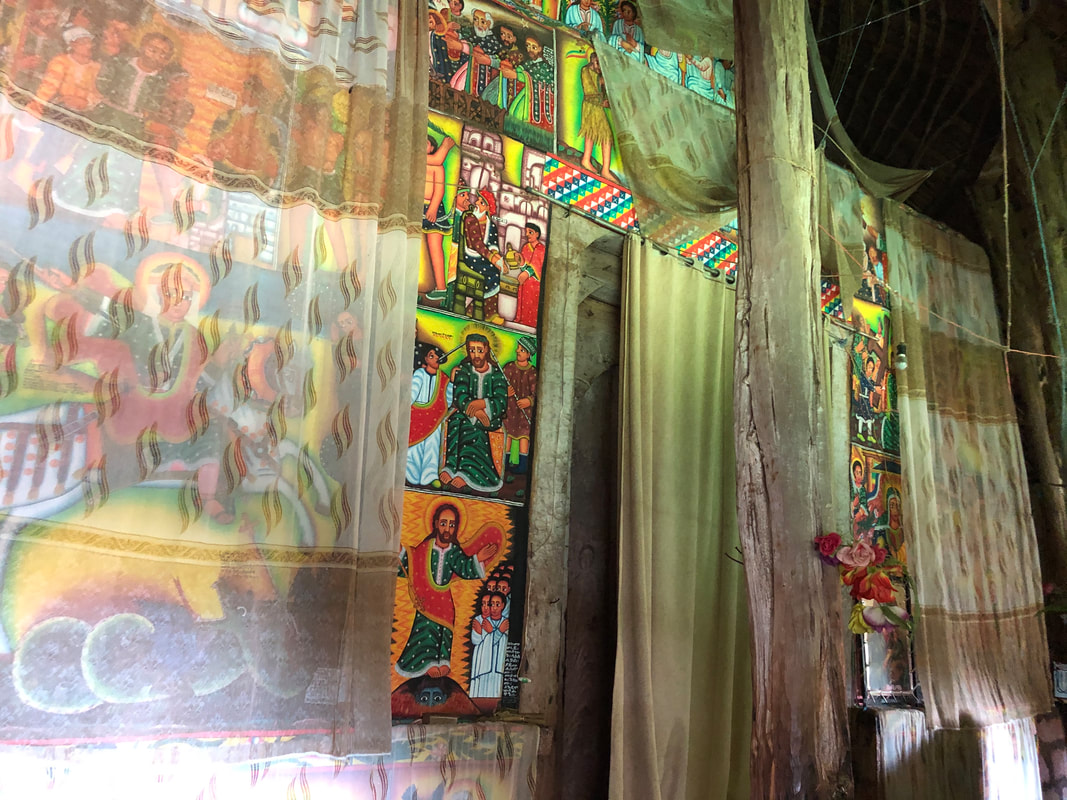
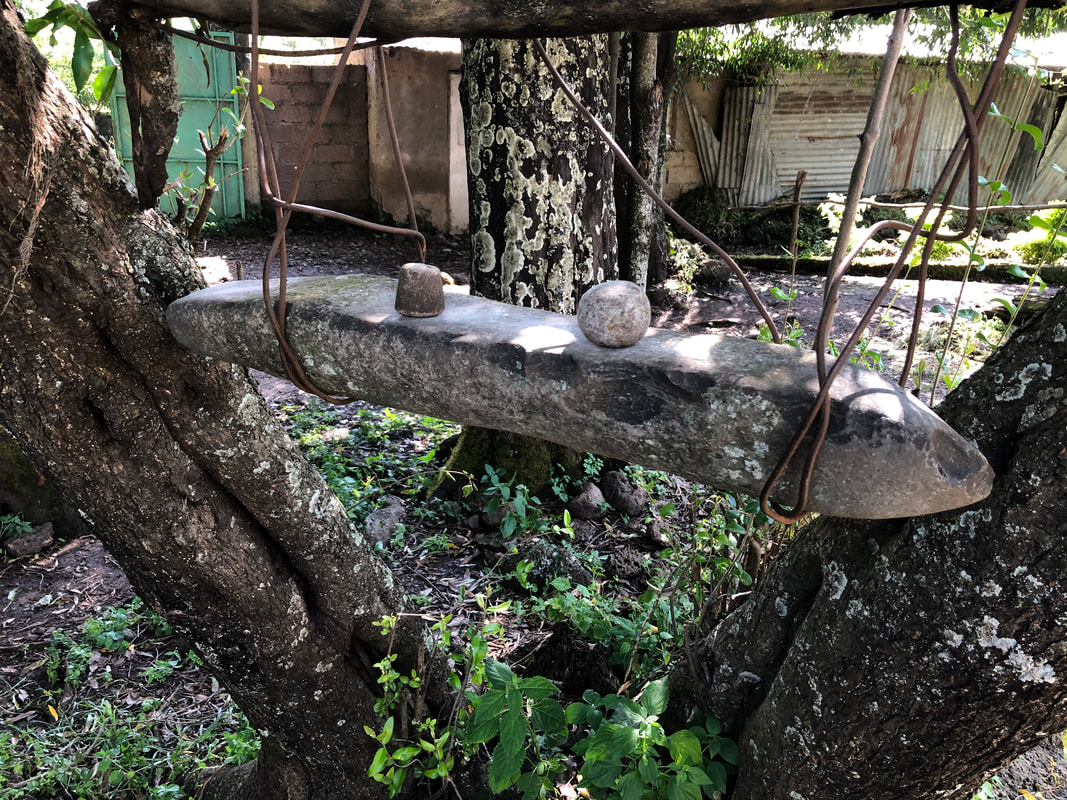
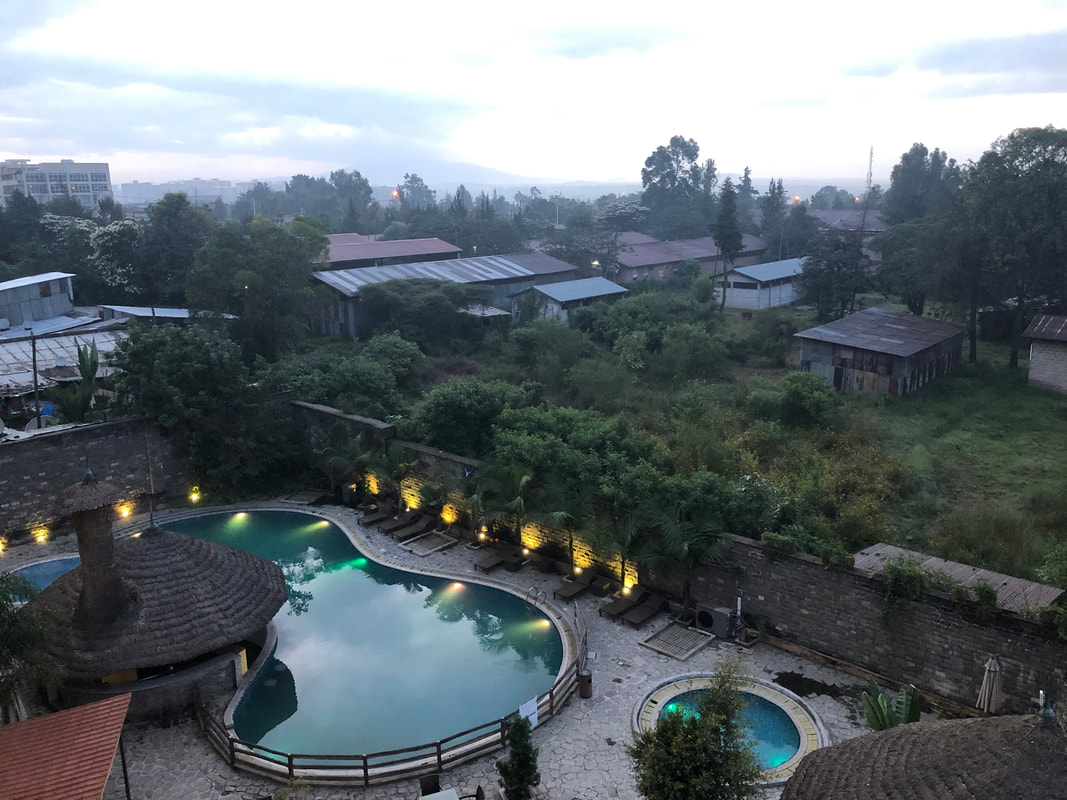
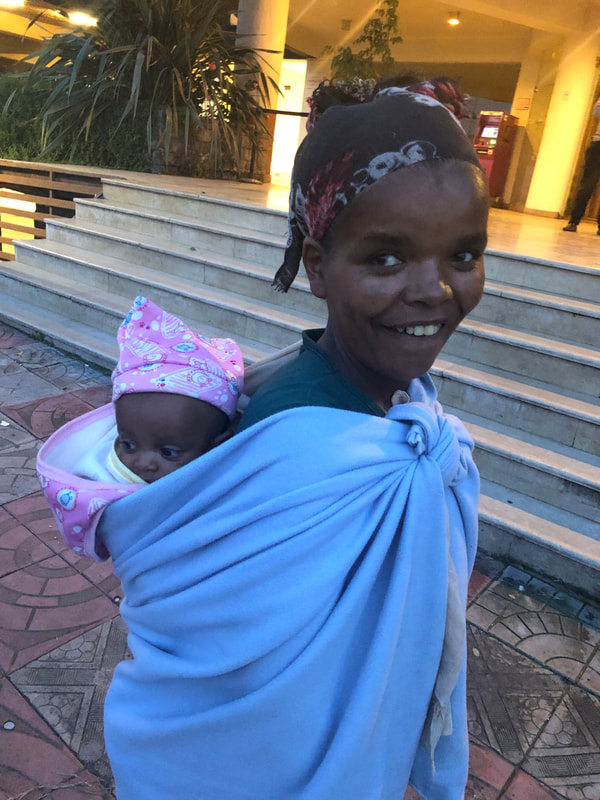
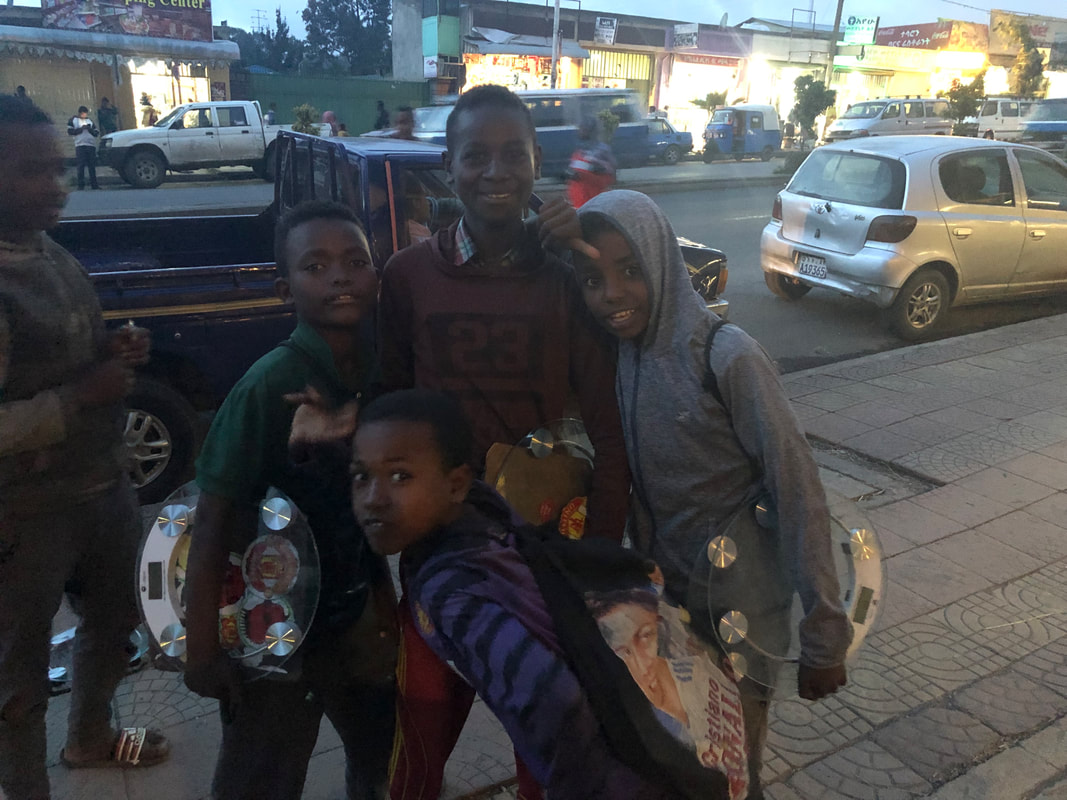
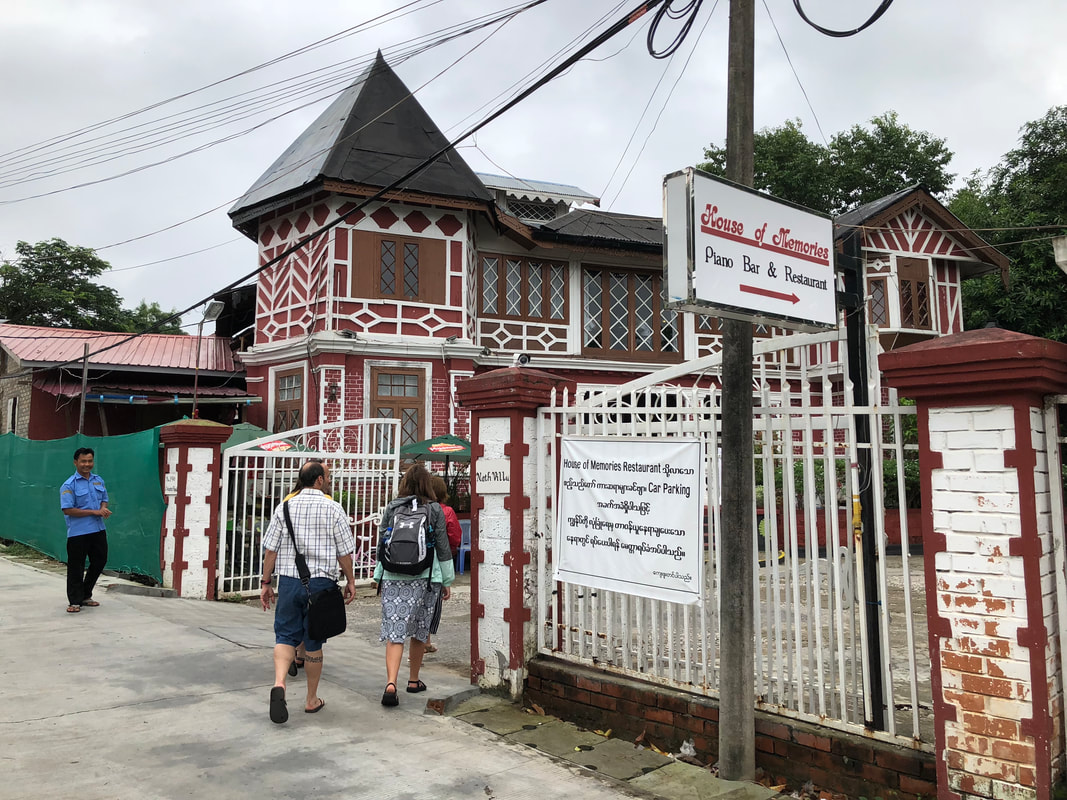
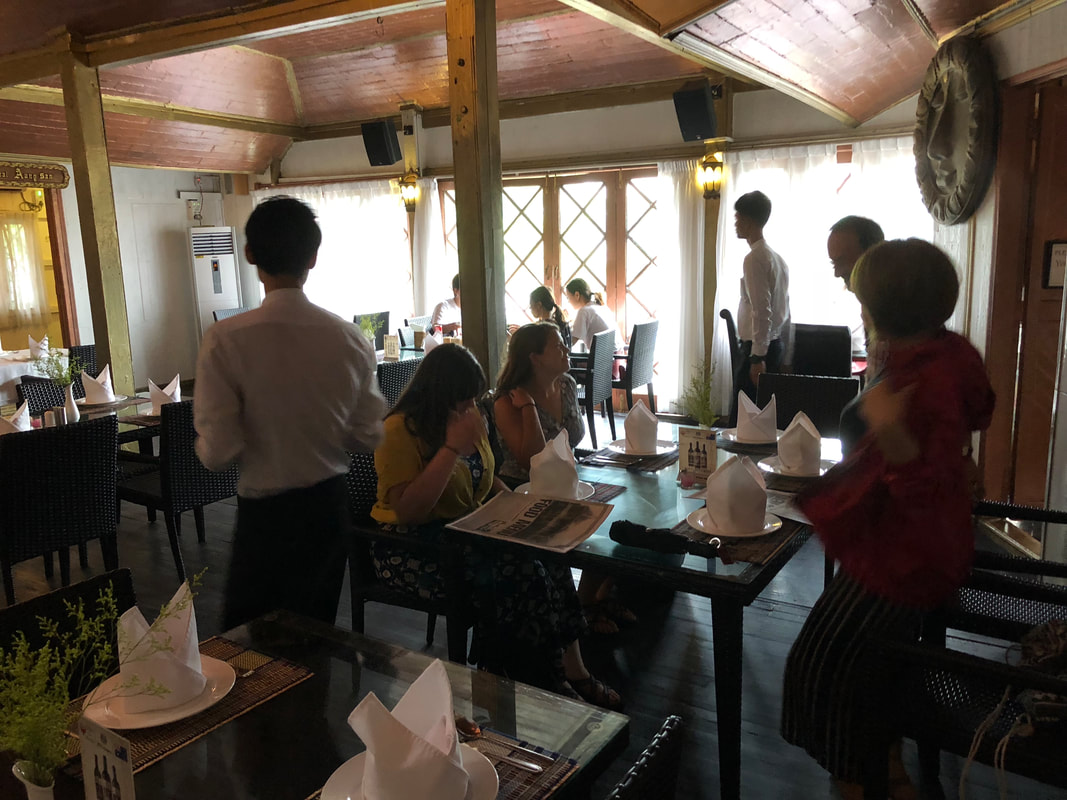
 RSS Feed
RSS Feed